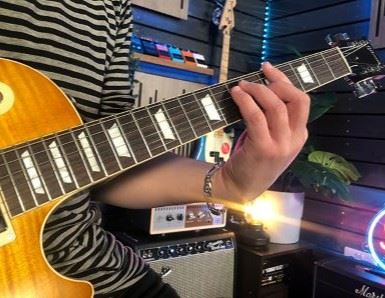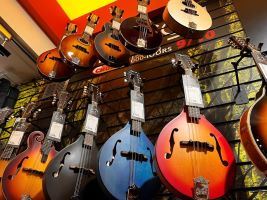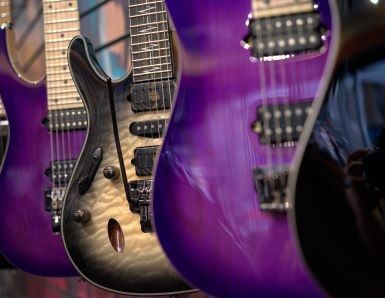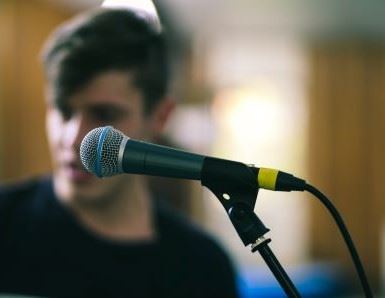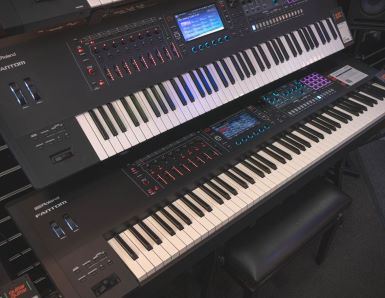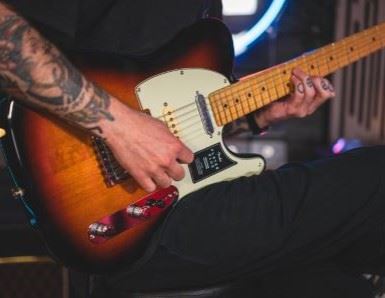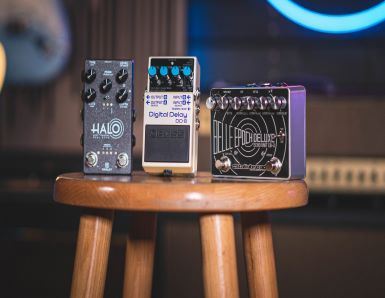How to Use a Looper Pedal (And Make Your Guitar Playing Sound Epic)
Published on 14 June 2022
Disclaimer: The information in this article is provided by the guest blogger and does not necessarily reflect the views and opinions of guitarguitar.
Q: What do you call a guitarist who’s not interested in effects pedals?
A: Rare.
One of the most popular and intriguing effects pedals for guitarists of all styles is a looper (also known as loop pedal). There is one small catch, though; they’re not the easiest pedals to use if you’re new to them. If you’ve had a go at laying down phrases on a looper, you know what we’re talking about - timing issues, anyone?
In this guide, we share the top 5 tips for how you can become confident at using a loop fx pedal; plus, we show you 5 of the best looper models available right now to get your mitts on.
So if you’re wondering how to use a looper pedal in your guitar playing, or maybe you want to know which looper pedal has tons of features to add to your pedalboard, keep reading.
What Does a Loop Pedal Do?
Let’s kick things off with a quick definition of what a looper is. A loop pedal is an effects hardware device that records a musical passage as you play it (e.g. a riff or chord sequence on a guitar) and plays it back in a loop. You can then add to this loop by ‘overdubbing’ different parts to create a layered musical arrangement.
How To Use a Loop Pedal
If you feel like you could do with injecting a bit of excitement into your playing routine, looper pedals are a perfect way to add some spice to your practice and boost your creativity. If you still need convincing, here are some sweet ideas for how you can make use of a looper pedal:
1. Practice jamming and improvisation
2. Practice scale and arpeggio exercises
3. Improve your rhythm playing
4. Improve your timing
5. Improve your coordination
6. Write songs and compositions
Loop pedals aren’t just for looping guitar parts either. Check out this impressive use of the HeadRush Looperboard by Albino Mbie who layers vocals like a boss.
Where Should I Put My Looper Pedal?
As you'll be looking to use your looper pedal to record and playback a chunk of your sound, your looper pedal would be best placed at the end of your chain so that you can easily hear and record your pedal combination.
Top 5 Tips for Using a Looper Pedal
To help you avoid potential headaches, here are our top 5 tips to make working with a loop pedal a breeze. Just remember to practice your socks off!
1. Work on your… timing
A loop pedal is a recording device - it can only record what you put into it. So the deal is, if there are gaps, mutes and general out of time shenanigan’s in your guitar playing, it’s not going to sound too hot looped back. Practice with a metronome before you lay your jam down.
Timing is the most crucial skill any guitarist needs to have in their locker. It won’t matter if you can create stunningly complex melody lines and harmony that make the angels swoon; it’ll sound a mess if you can’t play in time. Your loops are only as good as your timing.
2. Plan your parts
A big looper newbie mistake I see guitarists make is rushing to lay down their first loop without thinking it through first. Get your composer hat on. What are you hoping to create? A chord sequence you can improvise your minor pentatonic licks over? An arrangement with spicy strumming rhythms, arpeggios and solo lines?
Like any songwriter worth their salt, have a plan in mind when using a loop pedal. Writing your parts out on paper is always a good shout. You don’t need to go nuts with the plan; something like “1. Bass riff, 2. Chord rhythm, 3. Picked melody” will do. Now you’re halfway there to creating your looped masterpiece.
3. Are you sitting comfortably?
When you’re ready to lay down your musical phrases, sit comfortably with the looper pedal by your foot, so you’re not struggling to reach it. Sound blindingly obvious? It’s not necessarily.
Over the years, between touring as a session guitarist, I’ve taught many guitar pupils. When it comes to requests for fx pedal guidance, how to properly use a loop pedal is top of the list.
As the person prepares to record their loop, often they’re so focused on what they’ll play that they’re sitting twisted with the looper pedal three feet away. Get that pedal next to your foot and get comfy! Doing this will help you relax and give you more chance to smash your takes.
4. Do this to get seamless loops
The trickiest thing to do when overdubbing your parts on a looper is to get the loops to flow seamlessly without a messy gap at the end.
Imagine you want to lay down a strummed chord progression. The tip is don’t tap record and start playing from cold. That usually makes getting the phrase in time harder.
Instead, tap the looper into play mode (enable the metronome or drum beat if it has one) and play your part a few times to warm up. Next, press the looper into record mode on the first beat of the bar whilst you’re playing. When you want to end the loop, keep playing past the end strum or note and tap stop on the first beat of the next bar. Voilà. You have natural, flowing loops.
5. Make the loop longer than you think
It’s easy to cut your first loop layer too short because you’re trying to avoid a mini melt-down at the pressure of perfecting the timing. If you make your first layer only a few bars long, you paint yourself into a corner. You won’t have much room for your creativity to soar.
The easy fix is to make your first loop section a good length. Instead of a few bars, try six or eight. The benefit is you won’t cram everything on top of each other. Always remember, the beauty of music lies in the silence between the notes.
What’s the Best Looper Pedal For Me?
After those looper knowledge bombs, I bet you’re chomping at the bit to find out which loop pedal is right for you.
Whether you want a looper for live performance or to jam with at home, here are five looper pedals that suit all needs.
BOSS RC-5 Loop Station
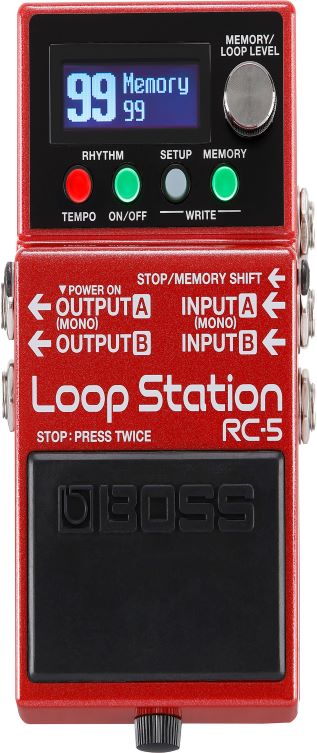
An excellent industry-standard loop pedal, the BOSS RC-5 Loop Station is feature-rich and intuitive to use. With 57 rhythms and 7 different drum kits, you also get 99 slots to store your loop creations.
HeadRush Looperboard
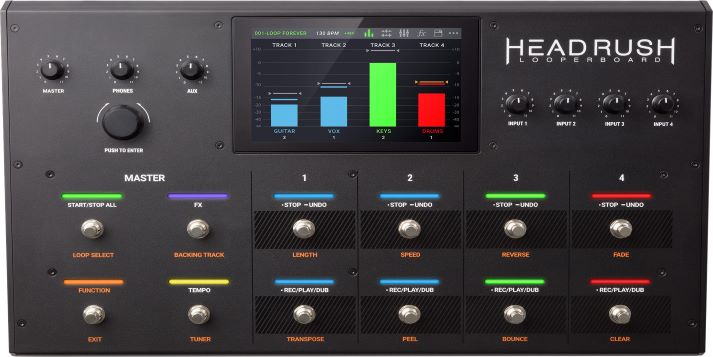
This bad boy looper isn’t for the faint-hearted. If your motto is “more, more, more” when it comes to effects pedal features, the HeadRush Looperboard is all singing, all dancing and is one you need to check out. This powerful looper unit is ideal for professional guitarists with a healthy budget.
Landlord FX Happy Hour Looper Pedal
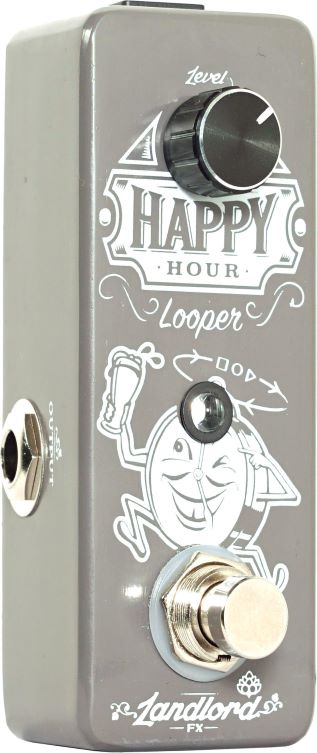
If you have a more modest budget and are looking for the best affordable looper pedal just to dip your toe into the guitar effects pedal pool, have a gander at the Landlord FX Happy Hour Looper Pedal. You don’t get multiple storage slots; you do get a great inexpensive starter loop pedal to have fun with.
Digitech TRIO+
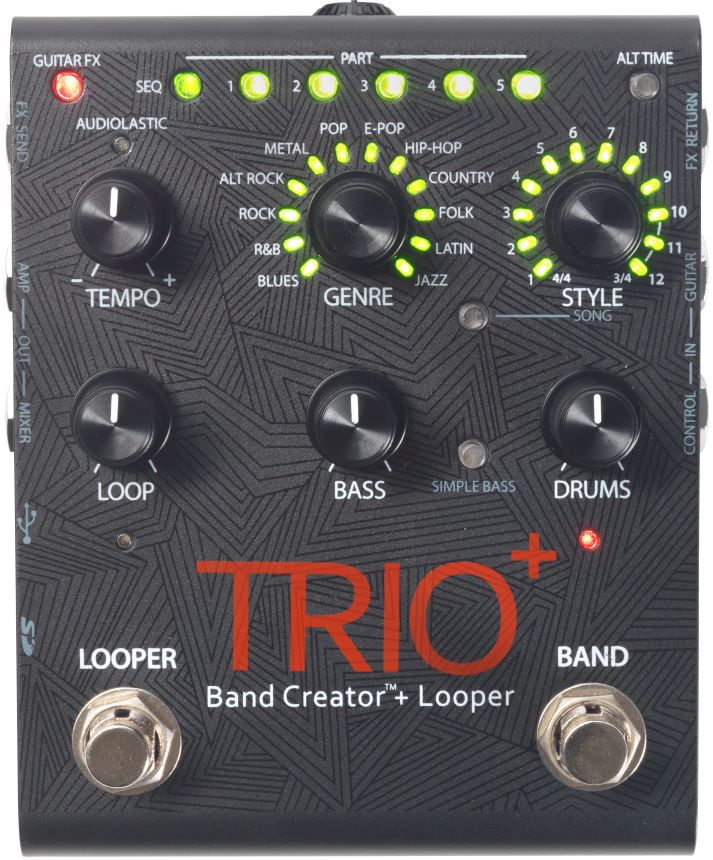
Labelled the ultimate “band in a box”, the Digitech looper pedal will scratch the itch for those players who want to lay down full compositions. If you need a rhythm section but can’t afford their wages, the Digitech TRIO+ gives you bass and drum samples on tap.
Summing It Up
There we have it. If you’re not afraid to get your experiment head-on and you’re up for upgrading your guitar playing skills, you may have just found your next toy.
Check out our full range of looper pedals
Author: Tiff Bryan
Bio: Tiff is a session guitarist (Lady Gaga, Craig David, Little Mix), writer and guitar tutor. She is the creator of the go-to resource for guitar lovers, YourGuitarBrain.com and author of books Easy Peasy Guitar Music Theory and Essential Guitar Chords for Beginners.

